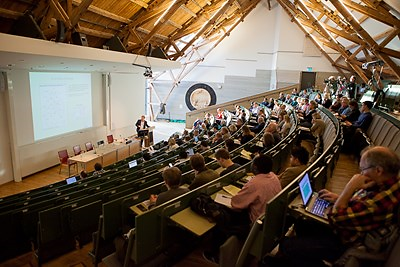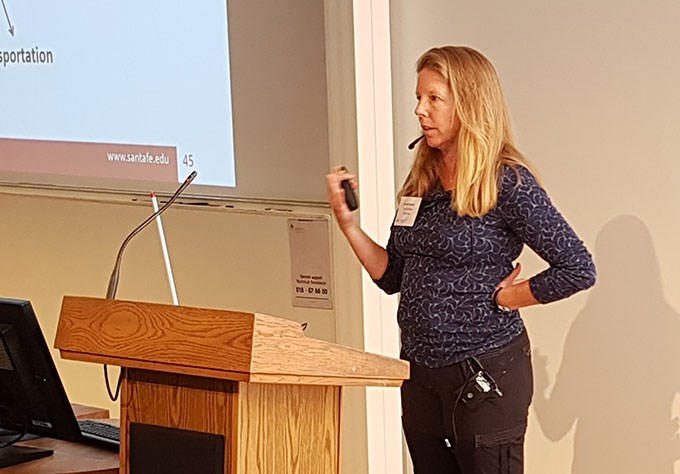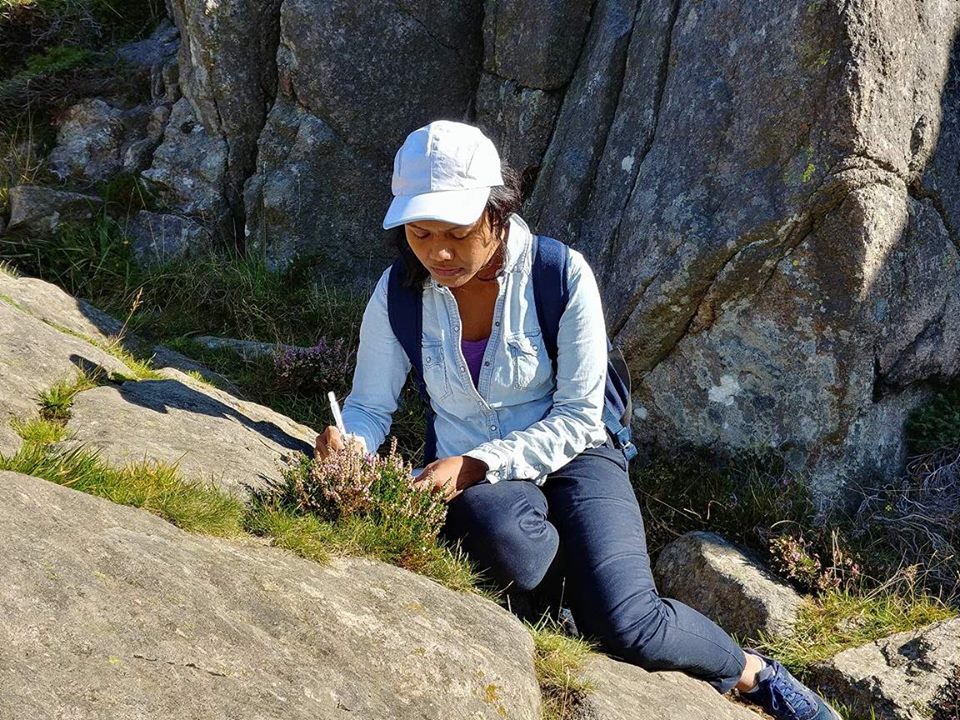
Postdoctoral fellow from landscape ecology group, Tuanjit Sritongchuay presented her research on “Specialized and facultative nectar-feeding bat have different roles on pollination networks in mixed fruit orchards” in the 3rd symposium on ecological networks and 3rd symposium on molecular analysis of trophic interactions from September 11-15 and participated in a workshop on ecological network analysis: molecular analysis of trophic level from September 18-22.
The first symposium was in 2013 in Coimbra, and this year the meeting was organized by Swedish University of Agricultural Science, Uppsala, Sweden. The next meeting will take place in Paris in 2019. The conference brought together more than 170 researchers to integrate two fields of research – one for ecologists interested in interaction networks and another one for molecular ecologists developing methods for detecting ecological interactions, for example what predator eat what prays and what animal pollinate what plant.
The post-conference workshop aimed at bridging the two worlds of network ecologists and molecular ecologists. The workshop covered how to collect and store samples from the field, the molecular methodologies for analysing trophic interaction samples and interpreting molecular trophic data. With molecular methods, researchers can find out much more about the interactions. For example, using DNA, we can see which species of flower an insect has pollinated by analyzing the contents of its stomach.

The presentation and participants at the 3rd Symposium on Ecological Networks and 3rd Symposium on Molecular Analysis

Plenary speaker, Jennifer Dunne from Santa Fe Institute in New Mexico talked about the roles, function and impacts of humans in complex ecological networks: data and theory.

Tuanjit Sritongchuay collected flower samples during attending the workshop at Swedish University of Agricultural Science, Uppsala, Sweden.
| Menglun, Mengla, Yunnan 666303, China. Copyright XTBG 2005-2011 Powered by XTBG Information Center |